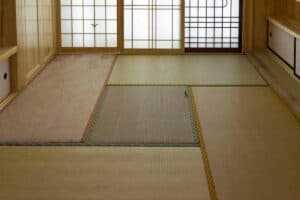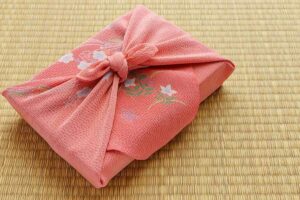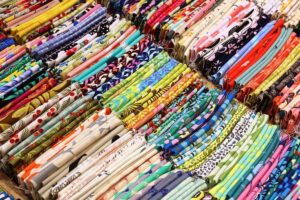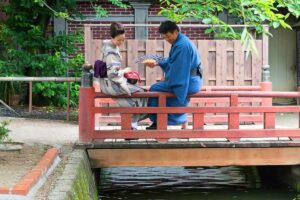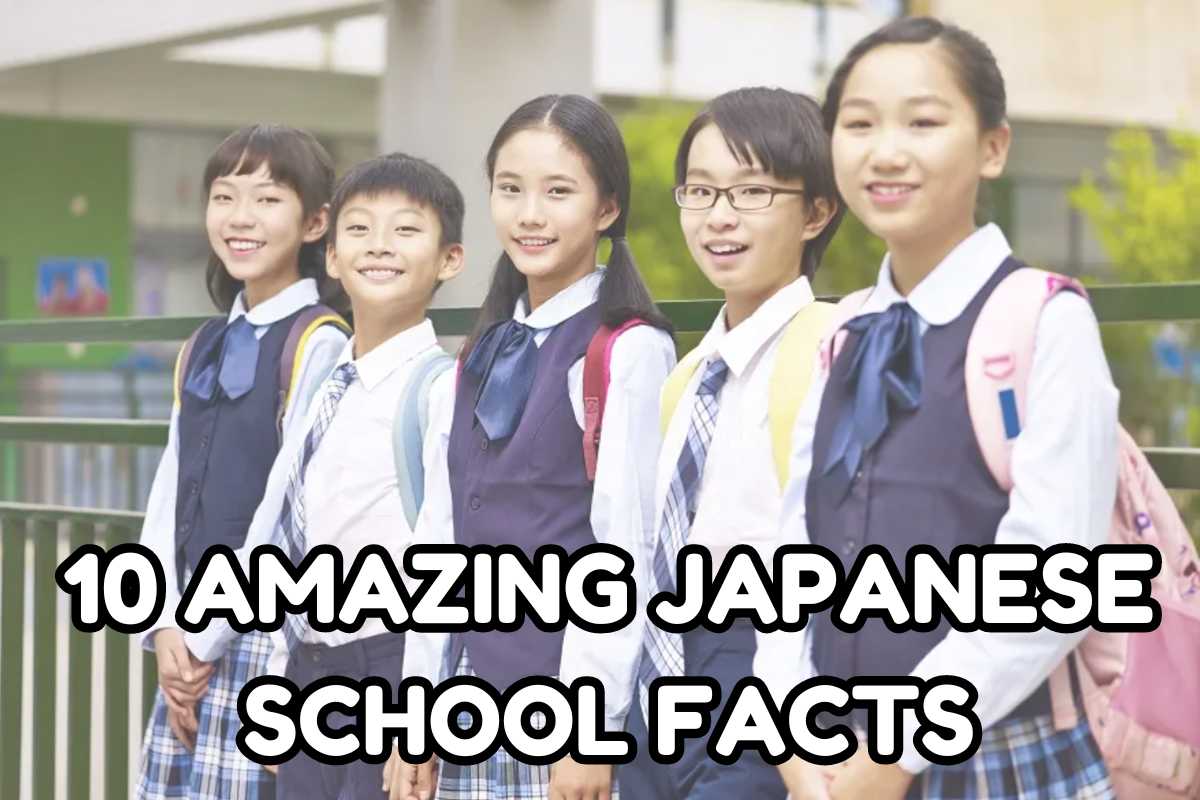For centuries, Japanese fashion has been diverse and rich in history. From the elegant traditional kimonos to modern streetwear styles of today, this industry continues to evolve with a global impact.
The evolution of Japan’s clothing style is closely linked with social changes such as Westernization during the Meiji era or post-war economic growth.
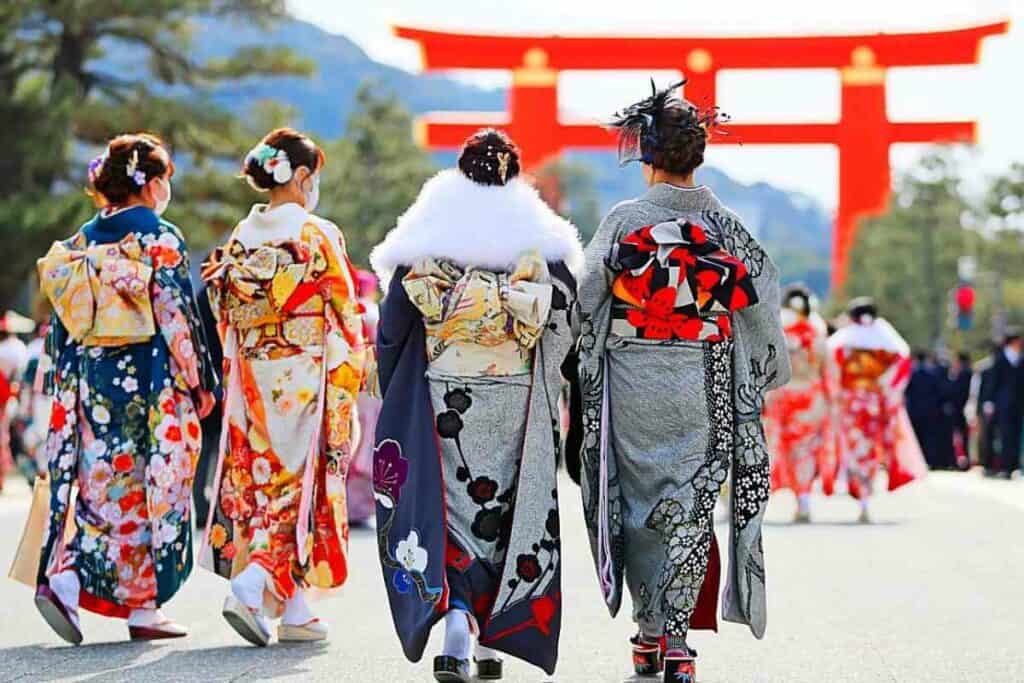
In recent times, designers like Yohji Yamamoto and Rei Kawakubo became well-known internationally for their innovative avant-garde designs that have left an indelible mark on contemporary design worldwide.
If you’re keen to explore how the people from wearing Kimonos transitioned into what they wear nowadays – keep reading about it here!
Table of Contents
Traditional Japanese Clothing
Let me tell you about the fascinating world of traditional Japanese clothing. Over time, this type of dress developed a unique and distinct style that has been perpetuated for centuries.
The kimono is perhaps one of the most popular pieces associated with traditional Japanese fashion history. Its roots can be traced back to around 794 AD during Japan’s Heian period when it was introduced as an ensemble consisting primarily of layers upon layers.
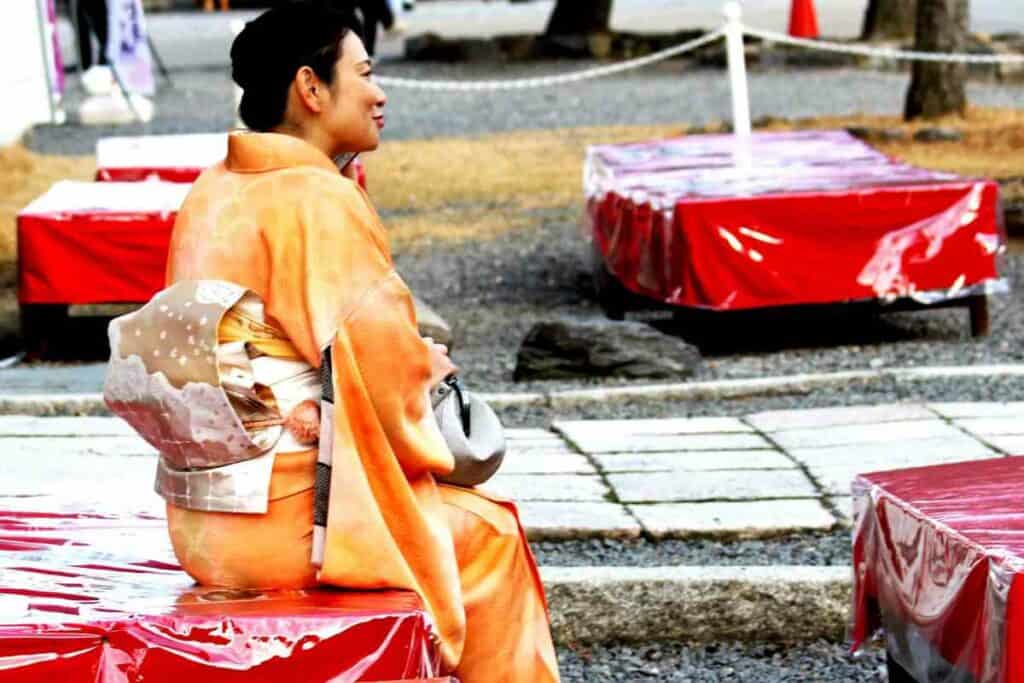
In fact, “kimono” means simply “thing to wear”- revealing how essential it became amongst people from different social classes over time including both men and women alike!
Today there are several styles available which vary greatly depending on factors such as gender or occasion (to name just two).
Some examples include:
- Furisode: known for its long sleeves
- Houmongi – made up mostly of semi-formal patterned designs
- Yukata which usually refers to casual summer cotton robes etc
Apart from kimonos themselves though; other items commonly seen across Japan’s historical wardrobe collections throughout ancient times include things like:
- Hakama – wide-legged trousers worn mainly by formal attires adhering family crests/marks emblematic representation;
- Obis – sashes used not only to hold kimonos at waist level but also add aesthetic value too;
- Geta/sandals – a highly important category where shoes were crafted out into wooden material raised off ground through teeth holders making them the perfect solution for protecting the wearer’s feet against muddy conditions
Overall these garments carry great significance owing to their origins/heritage and cultural roots within Japanese society.
Read Next 📖
Kimonos, for example, often served as symbols of family heritage or social status and were passed down through generations.
Hakama pants on the other hand demonstrated a sense of maturity since they are frequently worn during coming-of-age ceremonies; while obi belts denote high regard and can be intricately adorned with ornate details.
Geta sandals also hold meaning in their design – elevated off from muddy terrain to keep feet clean!
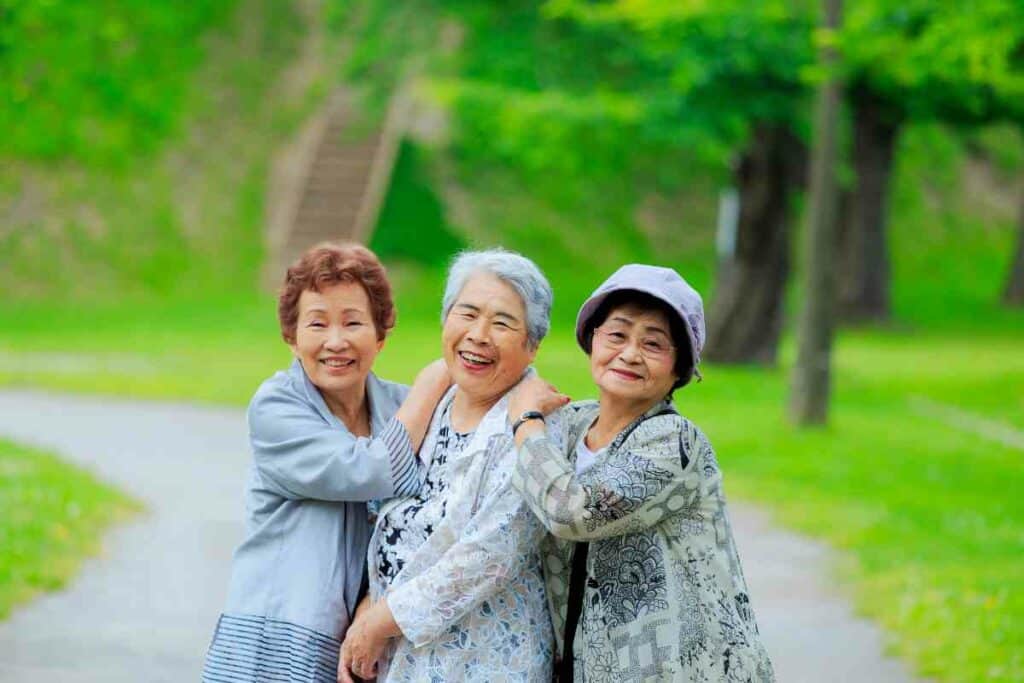
Japanese culture remains richly steeped in traditional clothing that continues to influence fashion today- breaking stereotypes associated mainly with foreign outfits/events such as weddings, etc.
This is due largely because it reveals an important aspect regarding the country’s unique customs/rituals which make them so special!
Western Influence on Japanese Fashion
Speaking of influences though: let us not forget about Western attire’s impact upon Japan starting around the 1868 Meiji Restoration era when the amount of trade increased between nations opening doors more broadly inter-cultural exchanges.
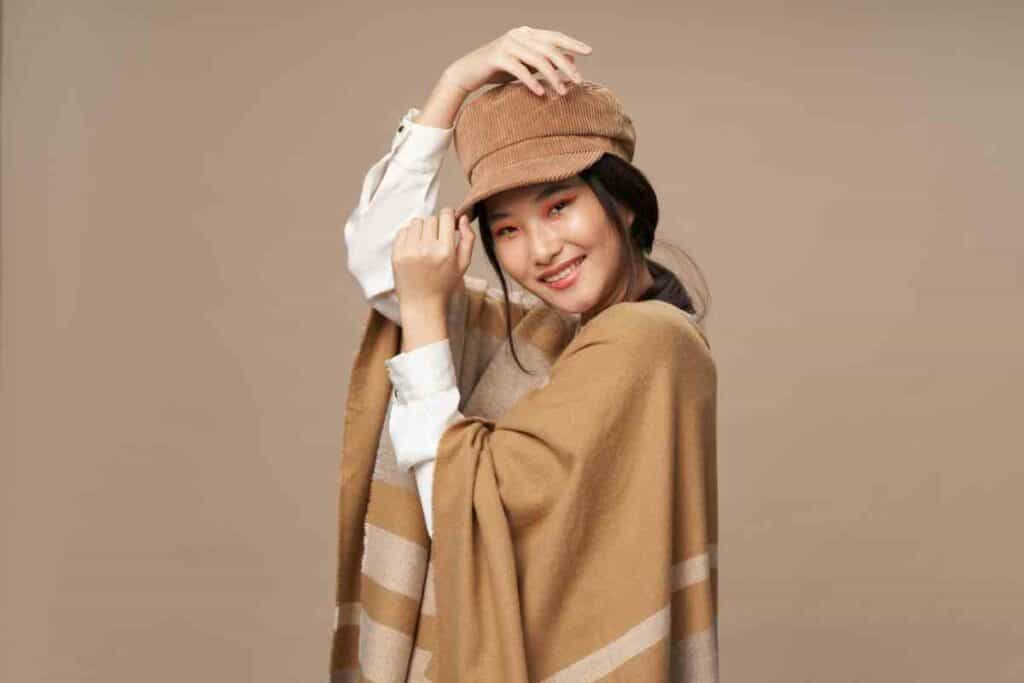
During this period we started seeing European-inspired dresses gradually making their way into everyday wear throughout all classes regardless of financial background (not just reserved any more upper echelons).
Today both Eastern & Western styles continue to coexist harmoniously together…
This fusion between traditional Japanese attire and Western-style garments resulted in unique hybrid fashions that became known as “Westernized” or “modernized” styles (yofuku).
These new styles included dresses with kimono-like sleeves called wafuku-mei yōfuku (“Japanese-style western clothes”), hakama pantsuits for women inspired by samurai outfits called monpe-meigara-yōfuku (“trousers-patterned-wear”), among others.
After World War II ended in 1945 American military forces occupied Japan until September 1951 which further accelerated the introduction of American culture including fashion trends like jeanswear to local consumers through occupying soldiers’ interactions with locals.
During the post-war era, European designers like Christian Dior popularized full skirts cinched at the waistline to replace military styles worn during wartime scarcity.
Today’s Japanese street style is a mix of vintage and contemporary pieces with Western and traditional Japanese elements blended together.
Read Next 📖
While there’s still some Western influence in modern-day fashion from Japan, many designers are now creating unique looks that reflect their cultural heritage by using materials such as kimono silk or indigo-dyed cotton for contemporary designs.
This renewed focus on tradition has also led to new takes on classic garments like haori jackets which can be stand-alone wardrobe staples rather than just an accessory over kimonos.
Japanese Fashion Designers and Brands
The fashion industry has always recognized Japanese clothing for its ability to blend traditional elements with contemporary styles, producing a look that’s both fresh and classic at the same time.
A number of fashion designers in Japan have played pivotal roles in creating this distinct aesthetic over the years.
Kenzo Takada is one such innovator whose work still resonates today. He was born in Japan but founded his own brand “Kenzo” while living and working as a designer based out of Paris back in 1970.

His designs were characterized by bold colors, eclectic prints inspired by nature and Asian culture, as well as playful silhouettes that celebrated femininity without sacrificing comfort or practicality.
Another iconic figure who helped shape Japanese fashion was Issey Miyake. He started his own label under his name back in 1971 with an emphasis on experimentation with materials like polyester fiber fillings which gave him global recognition instantly!
This allowed him to develop a signature aesthetic marked by sharp angles combined with soft draping garments made from unconventional fabrics.
Yohji Yamamoto is another notable pioneer whose designs are often described as avant-garde or deconstructionist.
Known for their monochromatic palette and oversized shapes draped over asymmetrical cuts; Yohji’s work breaks away from conventional notions about proportions while maintaining an underlying sense of elegance through simplicity – something only achieved through extraordinary craftsmanship skills!
In recent times Rei Kawakubo has continued pushing boundaries since founding her label Comme des Garçons (meaning “like boys”) in 1969 which quickly gained popularity among high-end retailers worldwide due largely because of its perceived rebelliousness.
Her designs are often described as unconventional, abstract, and anti-fashion. She challenges the norm with asymmetric cuts, unusual shapes, and textures that defy traditional beauty standards.
Junya Watanabe is another contemporary designer who has made a name for himself in Japanese fashion. He began his career working under Rei Kawakubo at Comme des Garçons before starting his own brand “Junya Watanabe COMME des GARÇONS” in 1993.
His designs playfully combine elements of punk rock style with high-end couture techniques to create wearable art pieces that stand out from the crowd.
Tsumori Chisato is also an influential figure who creates colorful, whimsical collections inspired by fairy tales and pop culture references.
Since launching her brand Tsumori Chisato in 1990 she has been known for incorporating playful prints into her work which often feature motifs such as animals or flowers; making it perfect for those looking to add some fun to their wardrobe!
Japanese Street Fashion
Japanese street fashion has evolved into a distinct and creative style over time.
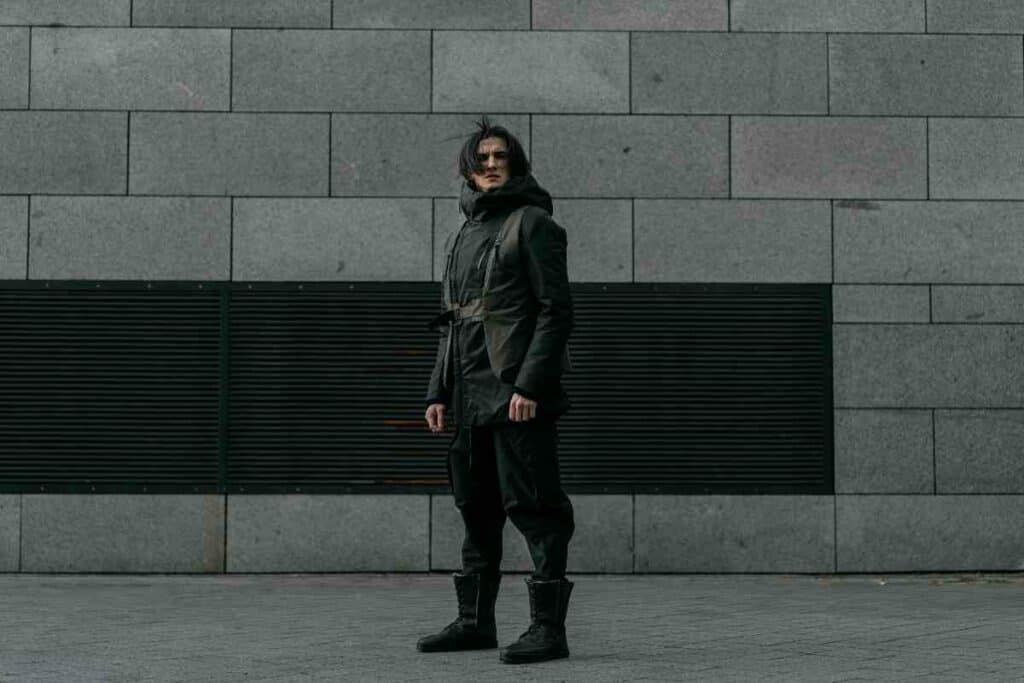
Harajuku is famous for its unconventional attitude towards clothing, taking cues from diverse sources to create daring outfits.
Origins and Influences
Japanese street fashion has a rich history that dates back to the 1970s when Japanese youth were enamored with American-style clothing such as jeans, t-shirts, and sneakers.
In addition to this Western influence, punk rock played an influential role in shaping edgy styles like studded leather jackets reminiscent of safety pins on clothing or spike hairdos.
In Tokyo’s Harajuku district during the late ’80s/early’90s alternative culture was blooming making it one of Japan’s most prominent hubs for fashionable subcultures.
Many teens dressed up in their own creative ways rather than following mainstream fashions which led to many new trends being born including:
- Lolita Fashion (which we will discuss later)
- Visual Kei (a music-inspired style characterized by Gothic makeup & clothing)
- Gyaru (glamorous girls who wear heavy make-up & bright-colored clothes)
- Kawaii Culture (cute outfits decorated with plush toys)
Key Characteristics And Styles
Japanese streetwear combines elements of traditional Japanese aesthetics along with modern influences resulting in avant-garde combinations.
Some key characteristics include:
- Layering: Multiple layers are worn together creating depth and texture.
- Mixing patterns/colors/textures: Different colors/pattern variations blended perfectly without overwhelming each other while maintaining balance
- Accessories play an important role; hats, scarves, jewelry, and bags are often used to add a unique touch.
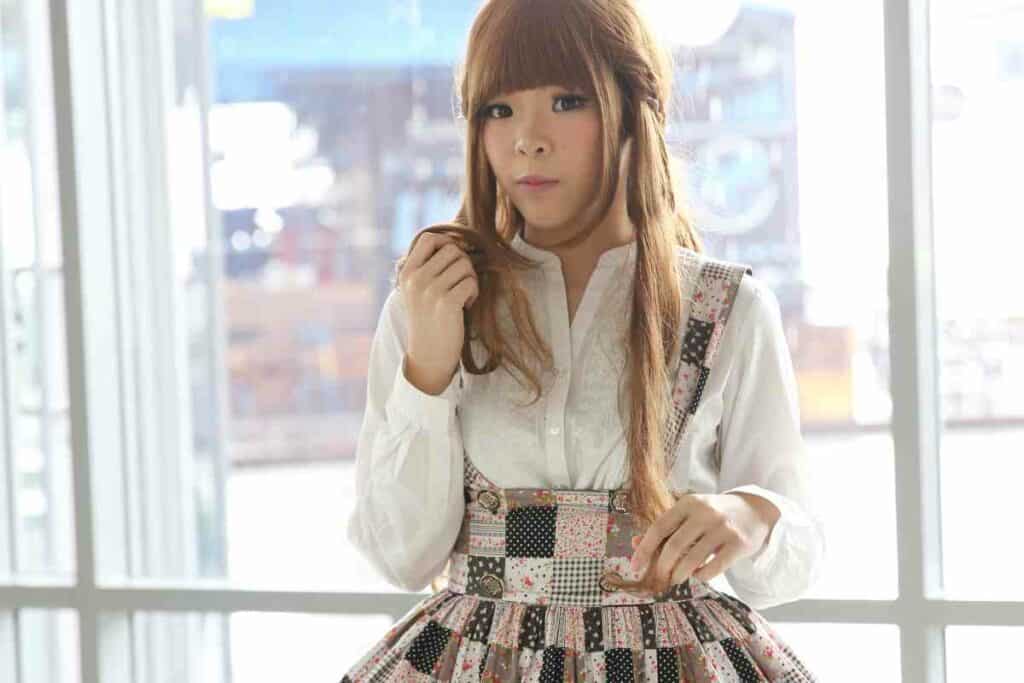
Different styles within Japanese street fashion include:
- Lolita Fashion: A subculture characterized by Victorian-era-inspired clothing with frills, lace details & bows. It is further divided into different types including Sweet Lolita(girly/cute aesthetics), Gothic Lolita(dark colors/romantic elements), and Punk lolitas(punk rock inspired)
- Gyaru: Derived from the word “gal,” it refers to young women who adopt glamorous looks such as tanned skin color or blonde hair extensions paired with flashy outfits.
- Visual Kei: Inspired by the J-rock music genre this style features dramatic makeup; black eyeliner along with an eclectic mix of gothic/punk pieces like leather jackets/studded belts combined in creative ways
- Mori Girl Style– This trend takes inspiration from nature resulting in earthy tones blended together creating comfortable yet fashionable attire that includes flowy dresses/skirts/trousers crafted using natural fabrics like cotton/linens.
Impact on Global Fashion Trends
Japanese Streetwear has had significant influence worldwide, especially for high-end designers looking towards Tokyo’s Harajuku district for fresh ideas which they incorporate into their collections –
Examples include Louis Vuitton’s collaboration collection incorporating traditional Kabuki prints while other labels have drawn inspiration directly from particular subcultures such as Kawaii culture being adopted globally through merchandise featuring cute anime characters popular among teenagers worldwide
Lolita Fashion And Origins
Lolita fashion is a subculture of Japanese streetwear that originated in the 1980s. Its name comes from Vladimir Nabokov’s novel “Lolita” and its protagonist, who inspired this style with her doll-like appearance.
The Lolita trend was initially influenced by Victorian-era clothing but over time it evolved into different types as mentioned earlier; Sweet Lolitas, Gothic Lolitas & Punk lolitas which cater to various tastes.
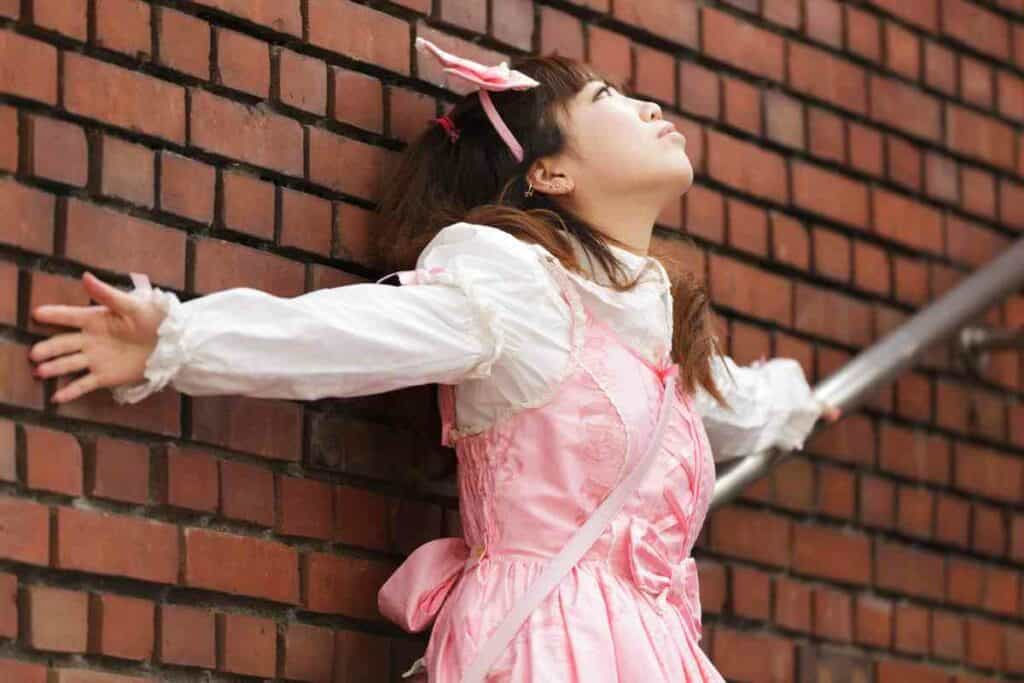
The most distinctive feature of this style is the use of frills/laces/bows alongside pastel colors or dark hues depending on individual preferences.
Types Of Lolita Fashion
- Sweet-Lolita: This subtype features cute aesthetics like soft-pastel color palettes/comic book-inspired prints/ adorable motifs like cupcakes/kittens/puppies along with ribbon accents
- Gothic-Lolita: A darker side characterized by black lace dresses/skirts/tops paired together creating an elegant yet edgy look featuring red/black accessories such as corsets/chokers/hats
- Punk-lolita: Incorporates punk rock elements including tartan plaid skirts/dresses combined with leather jackets/studded belts for a rebellious vibe while still maintaining girly qualities through bows/frills/lace details incorporated within garments
Community And Culture
The community surrounding these trends tends to be very passionate about their styles often attending conventions where they can meet other enthusiasts and showcase their outfits.
Many members also participate in online forums and social media platforms to share their fashion sense, exchange ideas and offer support.
This community has a strong emphasis on creativity and self-expression while also valuing respect for others’ tastes.
Other Street Fashion Trends
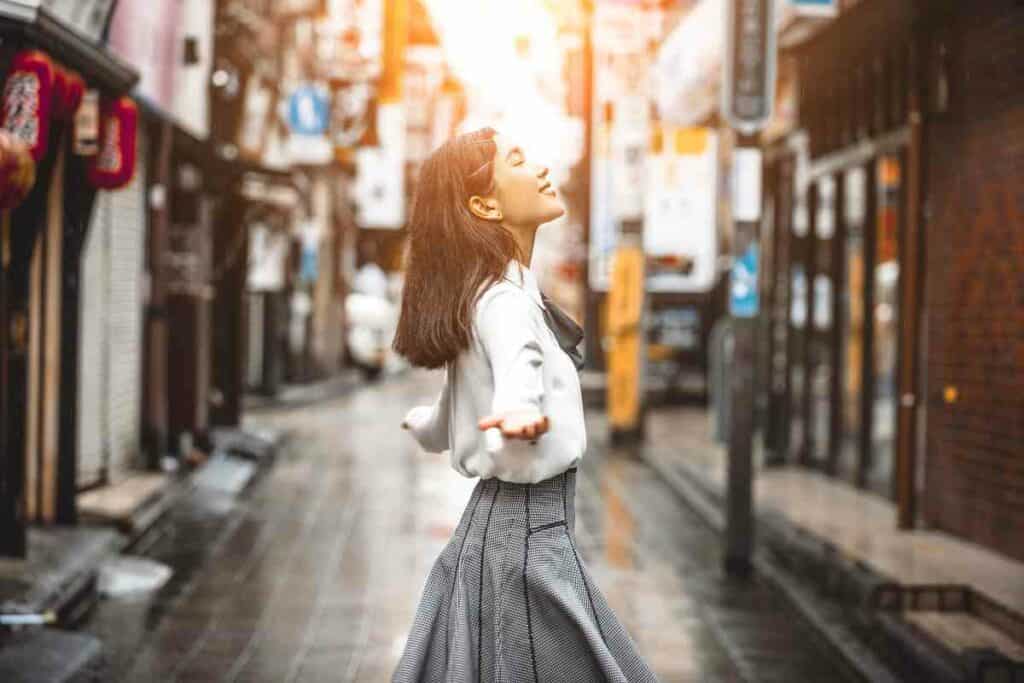
Apart from Lolita Fashion, there are several other streetwear trends that have emerged in Japan over the years:
- Gyaru: Glamorous girls sporting heavy makeup & bright-colored clothes
- Visual Kei: Gothic-inspired aesthetics with dramatic make-up or hair-styling combined with an eclectic mix of punk/gothic pieces
- Mori Girl Style– Earthy tones blended together creating comfortable yet fashionable attire using natural fabrics like cotton/linens inspired by nature
Overall Japanese Streetwear is characterized by bold colors/pattern combinations alongside unique accessories resulting in an innovative approach towards modern-day dressing which continues to inspire global high-end designers as well as teenage subcultures worldwide.
In Conclusion
It is absolutely true that Japanese fashion has come a long way.
From wearing Kimonos for centuries to wearing and creating the latest fashion trends, it is safe to say that Japan is now one of the leading fashion hubs.
- 7 Best Japanese Sunscreen Products You Can Buy Online
- 5 Best Japanese Makeup Brushes for a Flawless Finish
- 7 Benefits Of Tatami Mats You Should Know
- The Best Furoshiki Wrapping Cloths: Inspiration, Ideas & Cloths You Can Buy
- Cool Tenugui Towels (10 Best Ones with Bold Japanese designs)
- Japanese Yukata Ideas & Inspiration (20 Creative Ideas)



